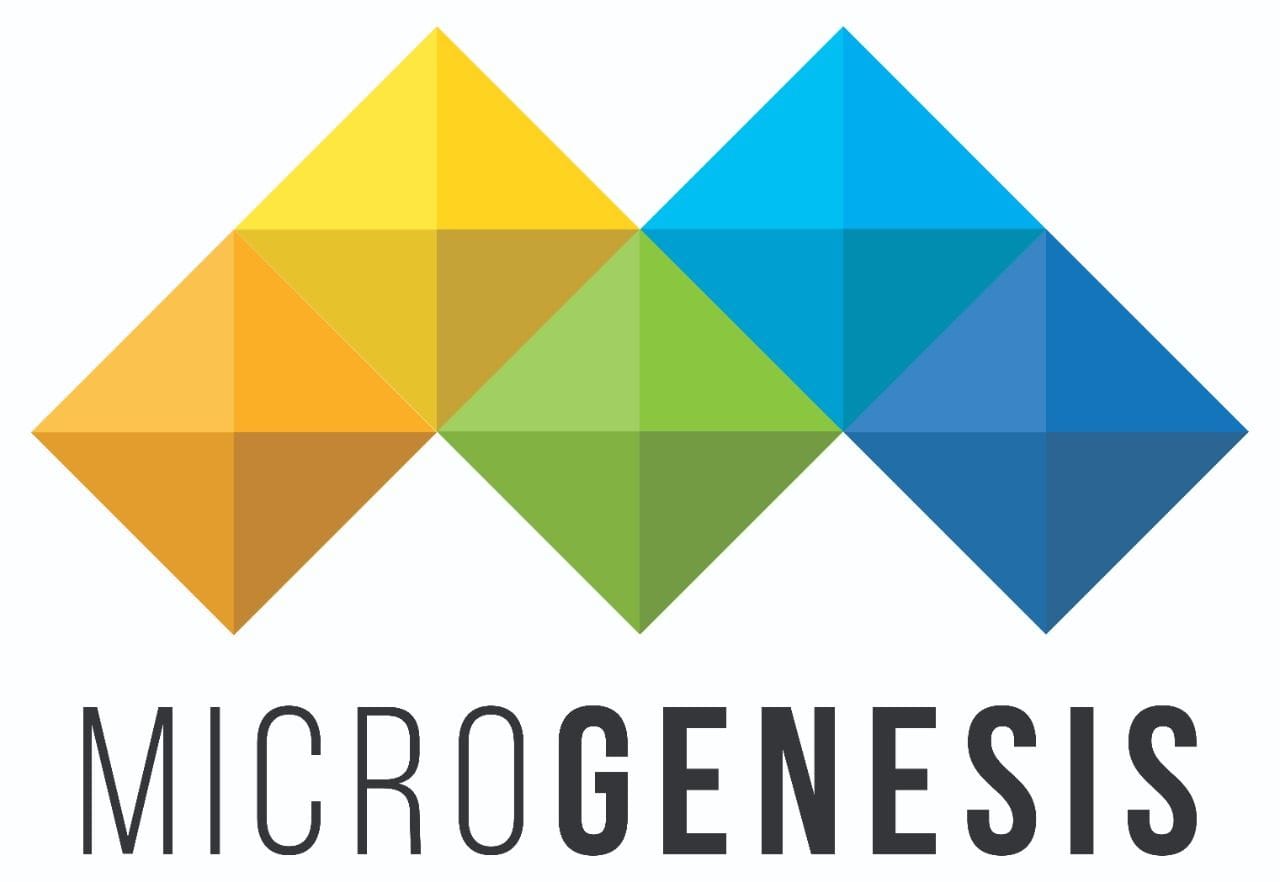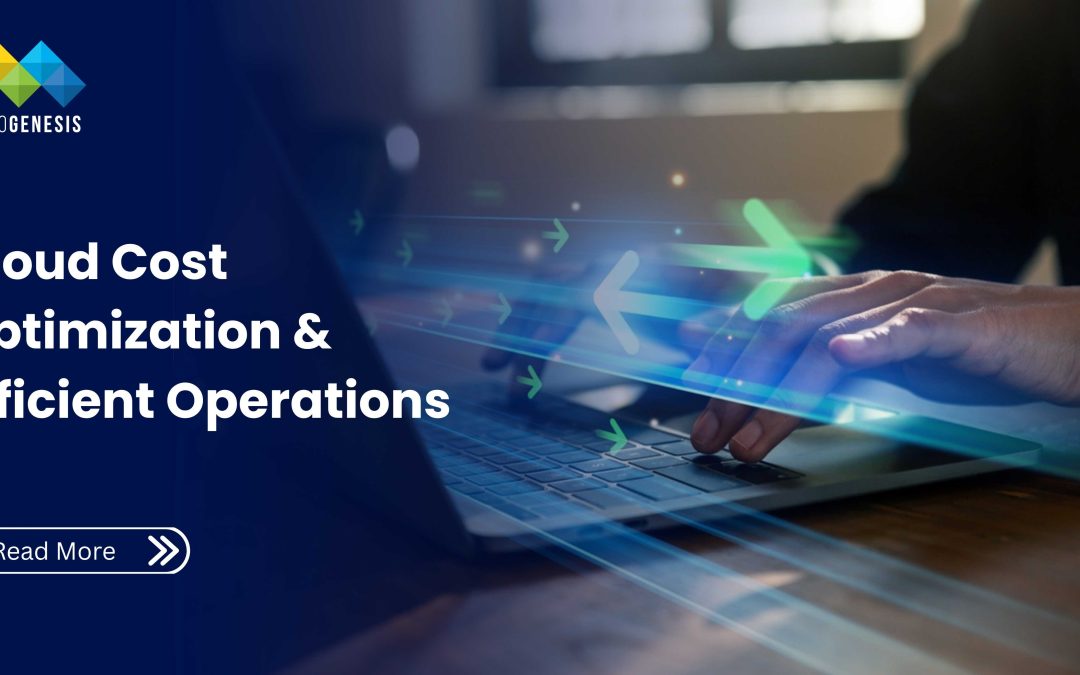Cloud adoption has transformed how organizations deploy IT resources, enabling scalability, flexibility, and innovation. However, without careful cost optimization and operational management, cloud spending can quickly spiral out of control, and operational efficiency may suffer.
Cloud cost optimization and operations are critical to ensuring that organizations maximize ROI, maintain performance, and achieve long-term sustainability in cloud environments. This blog explores strategies, best practices, challenges, and emerging trends in cloud cost optimization and operations management.
1. Understanding Cloud Cost Optimization
Cloud cost optimization is the practice of analyzing cloud usage, identifying inefficiencies, and implementing strategies to reduce unnecessary spending while maintaining performance and availability.
Key Objectives
- Eliminate Waste: Identify idle or underutilized resources.
- Right-Size Resources: Adjust compute, storage, and networking to actual demand.
- Optimize Pricing Models: Leverage pay-as-you-go, reserved, or spot instances effectively.
- Align Costs with Business Goals: Ensure spending supports key business priorities.
1.1 Common Causes of Cloud Overspending
- Overprovisioning: Allocating more resources than needed, leading to unnecessary charges.
- Idle Resources: Orphaned instances, unattached storage volumes, or inactive services continue to incur costs.
- Lack of Visibility: Insufficient tracking of usage across multiple accounts, regions, or cloud providers.
- Inefficient Workload Placement: Running workloads on expensive regions or instance types.
- Uncontrolled Automation: Continuous resource deployment without lifecycle management.
2. Cloud Cost Optimization Strategies
2.1 Right-Sizing Resources
- Regularly analyze compute, storage, and network usage to match resource allocation with demand.
- Use auto-scaling groups and elastic storage to adjust capacity dynamically.
- Example: A SaaS company reduced AWS EC2 costs by 25% by replacing oversized instances with optimized instances based on actual CPU and memory usage.
2.2 Leverage Pricing Models
- Pay-as-You-Go (On-Demand): Ideal for unpredictable workloads.
- Reserved Instances (RI): Commit to long-term usage for stable workloads to reduce cost.
- Spot Instances: Use for temporary, batch, or non-critical workloads to take advantage of discounted pricing.
2.3 Automation for Cost Efficiency
- Automate resource shutdown during off-peak hours.
- Implement scripts or tools to identify idle resources and terminate or reallocate them.
- Use Infrastructure-as-Code (IaC) to deploy optimized resources consistently.
2.4 Continuous Monitoring and Analytics
- Deploy dashboards to monitor resource usage, cost trends, and anomaly detection.
- Analyze historical trends to forecast demand and budget allocation.
- Tools: AWS Cost Explorer, Azure Cost Management, Google Cloud Billing Reports, CloudHealth.
2.5 Storage Optimization
- Use lifecycle policies to archive or delete unused data.
- Apply tiered storage (hot, cold, archive) to balance performance and cost.
- Example: A media company reduced storage costs by 40% by moving infrequently accessed video files to cold storage tiers.
2.6 Governance and Policy Enforcement
- Define cost allocation policies for teams, departments, or projects.
- Implement tagging strategies for resources to enable chargeback and accountability.
- Enforce spending limits and approval workflows to control resource provisioning.
3. Cloud Operations Management
Cloud operations (CloudOps) focuses on ensuring the smooth running of cloud infrastructure, applications, and services. Efficient operations are essential for high availability, performance, and compliance.
3.1 Monitoring and Observability
- Monitor application performance, network traffic, and system health continuously.
- Use centralized dashboards for real-time alerts and predictive insights.
- Tools: Prometheus, Grafana, CloudWatch, Azure Monitor, Google Stackdriver.
- Example: An e-commerce platform leveraged CloudWatch to monitor transaction volumes and automatically scale resources during peak sales events.
3.2 Incident and Problem Management
- Establish structured workflows for incident detection, root cause analysis, and resolution.
- Integrate with DevOps pipelines to enable quick remediation and minimize downtime.
- Automate notifications and escalation to the right teams.
3.3 Configuration and Change Management
- Maintain consistent configurations across environments using IaC and configuration management tools (Terraform, Ansible, Chef, Puppet).
- Implement version control and audit logs for all configuration changes.
- Automate updates, patches, and deployment processes to reduce manual errors.
3.4 Security and Compliance Operations
- Monitor for misconfigurations, unauthorized access, and vulnerabilities.
- Enforce compliance with industry standards (HIPAA, GDPR, ISO, PCI-DSS).
- Integrate security checks into CI/CD pipelines for continuous compliance.
3.5 Cost-Aware Operations
- Align operational decisions with cost optimization goals.
- Use tagging, budget alerts, and automated resource scaling to balance performance with expense.
- Example: A financial services firm implemented automated start/stop policies for development environments, reducing operational costs by 20%.
4. Challenges in Cloud Cost Optimization and Operations
While cloud computing offers unprecedented flexibility and scalability, managing costs and operations effectively is not without challenges. Organizations often encounter the following obstacles:
4.1 Visibility Gaps
In multi-cloud or hybrid environments, resources are distributed across different platforms and regions, making it difficult to obtain a centralized view of usage and spending. Without visibility, organizations struggle to identify underutilized resources, detect inefficiencies, and allocate budgets effectively.
Example: A multinational corporation running workloads on AWS, Azure, and on-premises infrastructure found that 30% of virtual machines were idle due to lack of centralized monitoring, resulting in unnecessary expenses.
4.2 Dynamic Workloads
Cloud workloads are inherently dynamic, with demand fluctuating based on business cycles, seasonal spikes, or product launches. This can lead to unpredictable costs, especially when auto-scaling or on-demand resources are not properly managed.
Impact: Over-provisioning during peak periods increases costs, while under-provisioning risks performance degradation and customer dissatisfaction.
4.3 Complex Governance
Managing costs and operations across multiple teams, departments, and regions requires strict governance policies. Without clear accountability, inconsistent practices may result in overprovisioned resources, duplicated services, and budget overruns.
Example: Different teams creating their own cloud accounts without standardized tagging or approval workflows can make cost tracking and chargeback nearly impossible.
4.4 Security-Performance Tradeoff
Aggressive cost-cutting measures can unintentionally compromise security or operational performance. For instance, terminating idle instances too quickly may impact running workloads, and reducing monitoring or logging to save costs may increase vulnerability risks.
Solution: Implement cost optimization policies that balance efficiency with performance and compliance requirements.
4.5 Skills Shortage
Cloud cost optimization and operational management require specialized expertise in cloud-native architecture, automation, monitoring, and financial governance. Many organizations face a shortage of trained professionals capable of implementing optimization strategies effectively.
Solution: Invest in training, certifications, and potentially leverage advisory services to fill the skills gap.
5. Best Practices for Cloud Cost Optimization and Operations
To overcome these challenges and ensure efficient cloud usage, organizations can adopt the following best practices:
5.1 Implement Continuous Cost Monitoring
- Use centralized dashboards to monitor usage, spending, and performance metrics in real-time.
- Enable automated alerts for anomalies, such as unexpected spikes in resource consumption or untagged instances.
- Benefit: Proactive detection of inefficiencies prevents budget overruns and optimizes resource allocation.
5.2 Adopt Automation and Policy Enforcement
- Automate routine operational tasks such as resource provisioning, scaling, and shutdown.
- Apply policy-driven automation to enforce organizational rules, e.g., preventing over-provisioning or enforcing tagging compliance.
- Example: Automating the shutdown of development environments after business hours saved a software company 20% on monthly cloud costs.
5.3 Use Cloud-Native Services Efficiently
- Leverage managed services (e.g., serverless computing, PaaS databases, managed storage) rather than self-managed infrastructure.
- Cloud-native services reduce operational overhead, improve scalability, and optimize cost per workload.
- Example: Migrating batch processing workloads to serverless functions eliminated idle compute costs while maintaining performance.
5.4 Enforce Governance and Tagging
- Standardize resource naming conventions and implement tags for cost centers, projects, and teams.
- Establish approval workflows for provisioning resources, preventing rogue deployments.
- Benefit: Enhances accountability, enables chargeback, and improves cost transparency across departments.
5.5 Regularly Review Workloads
- Conduct periodic audits to identify idle or underutilized resources, unneeded storage, and oversized instances.
- Right-size workloads based on actual usage patterns and scale down unnecessary resources.
- Example: An enterprise SaaS provider achieved a 15% cost reduction by identifying underutilized virtual machines and consolidating workloads.
5.6 Integrate CloudOps with DevOps
- Combine operational visibility with deployment pipelines to ensure efficient resource usage and faster incident response.
- Embed monitoring, logging, and cost tracking into CI/CD pipelines to proactively manage expenses during development and deployment.
- Benefit: Reduces operational friction, improves reliability, and aligns development practices with cost optimization goals.
5.7 Continuous Training and Optimization
- Educate teams on cost-aware practices and emerging cloud tools.
- Maintain a culture of continuous optimization, regularly updating policies, dashboards, and automation rules to reflect changing workloads and technology advancements.
6. Emerging Trends in Cloud Operations and Cost Management
6.1 AI-Driven Optimization
- Machine learning algorithms analyze usage patterns to recommend resource allocation, cost reduction, and performance improvements.
Read More: Cloud Infrastructure Support: Key to Sustainable IT in Europe
6.2 Serverless and Containerization
- Reduce operational overhead by adopting serverless functions and container orchestration (Kubernetes).
- Pay only for executed compute and optimize resource utilization.
6.3 Multi-Cloud and Hybrid Cloud Management
- Centralized dashboards and tools allow orchestration, monitoring, and cost optimization across multiple providers.
6.4 Sustainability and Green Cloud
- Organizations prioritize energy-efficient cloud practices, optimizing workloads to reduce carbon footprint.
- Providers offer low-carbon compute regions and energy-efficient infrastructure.
Conclusion
Cloud cost optimization and operations are essential for achieving value, efficiency, and sustainability in modern cloud environments. By combining right-sizing, automation, monitoring, governance, and strategic planning, organizations can control costs, maintain high performance, and ensure compliance. MicroGenesis, a best IT company, empowers businesses to optimize cloud operations, maximize ROI, and build scalable, cost-efficient cloud ecosystems.
Emerging technologies such as AI-driven cost optimization, serverless architectures, and multi-cloud orchestration are transforming how businesses manage resources, monitor workloads, and maximize ROI.
A disciplined, proactive approach to cloud operations ensures that enterprises not only migrate successfully but also thrive in the cloud, leveraging its full potential to drive innovation, scalability, and business growth.

